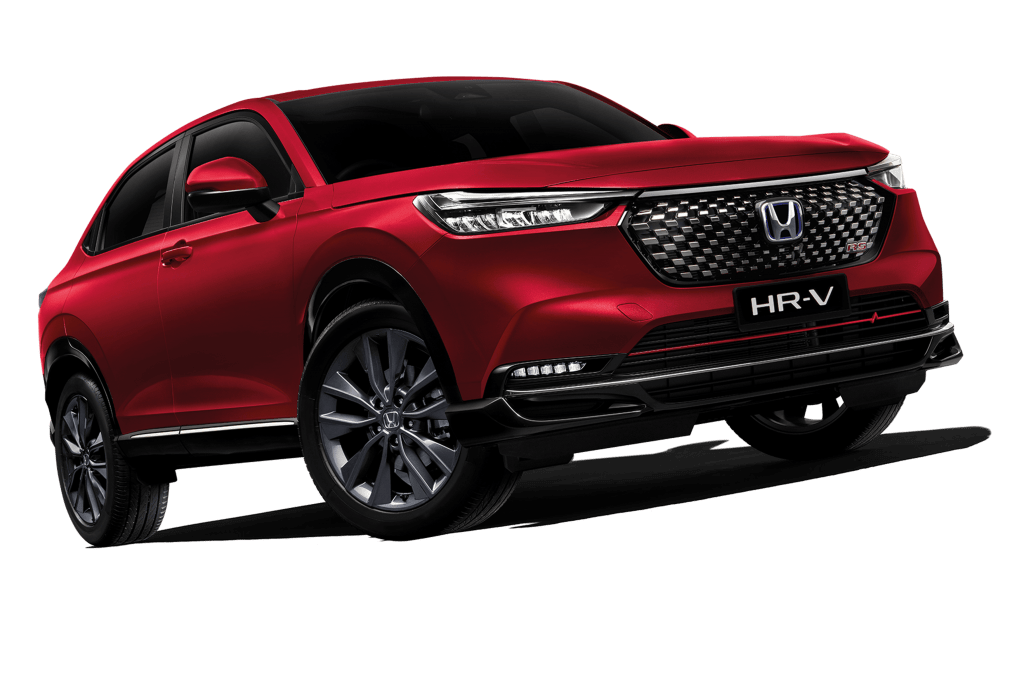
4 Things To Note When Going For A Test Drive
Category : News
Purchasing a car is always a big commitment that involves a lot of research and decision making as you will definitely want to have a car that suits your needs and requirements. The last thing you need is to buy a car but realize that it is not suited to your needs.
However, aside from your research that is done primarily through the Internet, it is also important to get a feel of the car as well. That’s why most car dealers (like us here at Formula Venture) offer test drives to let you do just that, and help you make sure that the car is the right fit for you. Most of the time, you’ll have your salesperson sit in along with you on the test drive, during which you can ask questions to further understand the car, its systems and the concerns that you may have.
To help you maximize on your test driving experience, we’ve identified some of the things you’ll need to know before settling in for a test drive.
1. Make sure the car suits your lifestyle
It is important to know what it is that you want from the car; will it be used for your family members? Are you going to only be driving it alone? Will you be using it for outdoor activities? Do you have children that you will need to add in child seats? These are some of the questions that you need to ensure are answered before choosing the right car.

Honda has a perfect mix of different ranges of vehicles to suit your needs. Whether it is the Honda City, CRV, or even the City Hatchback, there is definitely something for everyone. Just remember to balance practicality with design and you’ll be good to go.
2. Understand the performance of the car
Driving a car is very different from viewing it. There are certain factors you may not spot during a car viewing as any issues the car may have may come to light in the form of noises during the drive, or the handling of the steering wheel. By test driving it, you have the opportunity to understand and experience the car you want to buy for yourself.
Generally, as a rule of thumb, Honda vehicles are built to perform. Whether it is delivering more power, or having seamless shifts for the most fun-to-drive experience, Honda ensures that your vehicle’s performance becomes exhilarating.
Pay attention to how the car steers, how it shifts gears, accelerates, and brakes as well as how it turns. You should also pay attention to the fuel efficiency of the car, just to ensure you’re not saddled with a massive petrol guzzler.

3. Testing different driving terrains
By test driving, you’ll get to have a chance to see how the car performs and whether you can detect any problems with its drivetrain, steering, suspension, brakes, or other important features of the car. This means that you should be testing different driving terrains and road surfaces, as you’re not going to be cruising down the highway all the time.
While test drives may not allow for you to have a test of all driving conditions, understanding how your car performs in rainy weather, for example, is very important.

4. Identifying the deal breakers
It pays to also take note of whether the car has any deal breakers, and a test drive can easily address that. For example, just think of the things that you didn’t like about it, like comfort of the seats, or how easily you get in and out of the car. These seem like minor inconsequential points at first, but because the car is a long term financial commitment, you’ll want to make sure you are able to live with even the most minor of inconveniences.
We understand that there may be a chance that you’ll be purchasing a used car, which is why we’ve also compiled a list of things you can take note of when you’re test driving a used car:
- Test the car’s handling by driving at different speeds, then test the brakes by applying them.
- Make sure to notice how the brake feels when you come to a complete stop.
- Listen to any grinding or squeaky noises which is an indication of a worn-out brake pad.
- Listen for any rattling or knocking sounds which is a clear indication of steering problems.
- Check the acceleration when you change gear. If the car jerks between each gear change, that is a sign of an engine problem.
- Carefully switch lanes a few times to see how the car reacts to different speeds.
- Make sure the car shifts smoothly from drive to reverse. If the car jerks or makes a grinding noise when shifting gears, it can be a sign of bad transmission.

We hope that the guide above has been helpful for you as you go for your next test drive, and that you will be able to get a car that suits your needs and requirements.
We hope you enjoyed the article!
Don’t forget that Formula Venture is an authorized Honda 3S dealer in Penang, covering the sales, services, spare parts and accessories of Honda cars. If you’re looking to keep your car running in perfect condition, feel free to drop by our showroom! If you’re looking to purchase a Honda for yourself, or want to experience our brand of customer servicing, we’re here for you as well!


 04-291 3136 (Sales)
04-291 3136 (Sales)
 04-291 3008 (Service)
04-291 3008 (Service)

